physical therapy for headaches
Ever have a headache that ibuprofen just won’t touch that can linger for hours or sometimes days? Many people will assume them to be migraines, however there is another common culprit that often gets ignored. Cervicogenic headaches are the result of structures of the upper neck becoming compressed. There is a cluster of nerves that live in this area that communicate information between many structures in the head and neck and the brain. If one of these structures is not afforded the space it needs to properly function, it can cause pain in these areas and sometimes dizziness as well.
What might cause these structures to have reduced space to properly function? Posture. Turns out our grandmothers were right. Maintaining good posture is actually important. When we slouch, we typically sit or stand with rounded shoulders and our heads slightly forward. This puts the muscles that lie in the front of the neck that are supposed to do the brunt of the work for holding up the head to be at a disadvantage, so the muscles in the back of the head and neck to have to pick up the slack. When this happens, the forces acting on these joints becomes imbalanced and the structures in the back of the neck become tighter and closer together, while the structures in the front of the neck get longer and more lose, perpetuating the problem. Here’s the real kicker: the muscles in the back of the neck at the base of the skull have a role in telling the brain where the head is in space by contracting and relaxing to different degrees. When these muscles become chronically tight and are no longer able to relax enough, we can experience dizziness too. In fact, some people will experience little to no pain, but quite a bit of dizziness.
So how come the pain doesn’t go away when you attempt to correct this posture? By the time you start experiencing pain and dizziness, the issue is already a chronic one. If it takes days or weeks for certain structures to become long and weak and others to become short and compressed, we can expect it to take at least as long to reverse the process. This isn’t to say that it will take that long to experience any relief but creating lasting relief will require good posture to become habitual, which can prove to be tricky. A good place to start is by stretching the structures in the back of the neck and strengthening the deep neck flexors. This will begin to bring the head back in a more favorable alignment that will allow these structures more space to properly function, decreasing pain and dizziness.
